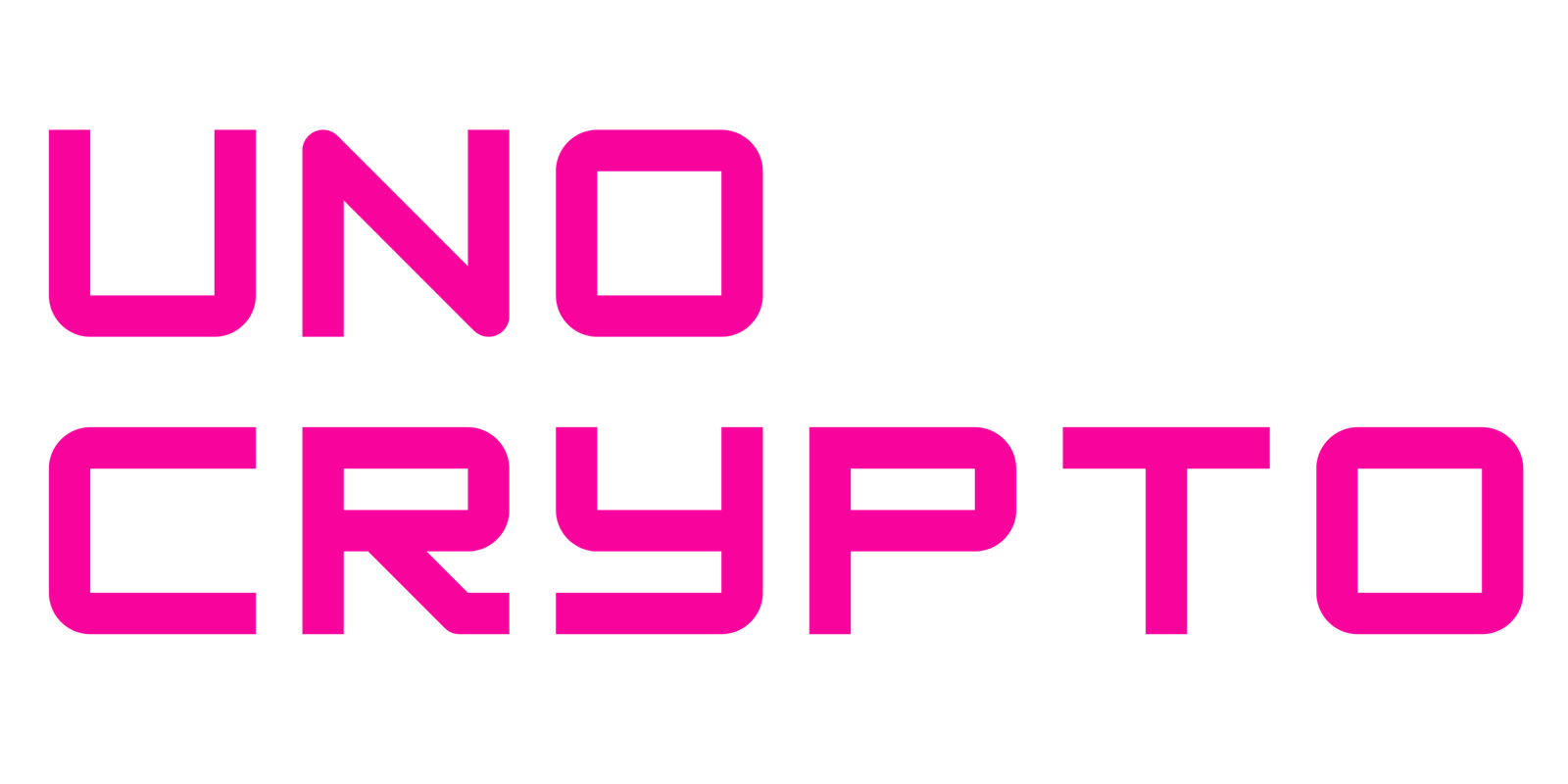Digital payment network Ripple has applauded and expressed its optimism over the new UAE regulations set out for a Dirham backed stablecoin and Global stablecoins in general.
The blockchain behemoth has also reaffirmed its confidence in the market seeing a growth to trillions of dollars in the near future.
Ripple Projects Stablecoin Growth to $3 Trillion
Ripple says that the Stablecoin market is expected to reach $3 trillion in the next five years, and stablecoin issuance and use are increasing globally.
Additionally, the blockchain firm sees crypto regulations as essential to this growth because they will promote the use of stablecoins and usher in a new era of financial innovation. Also, recognizing this opportunity, governments are making a concerted effort to introduce frameworks that offer more clarification.
Also read: UAE Exempts VAT Tax On Crypto As Companies Relocate to Dubai
Ripple Applauds UAE Stabecoin Laws
Ripple says that the change in the mindset for Stabecoin is reflected in the Central Bank of the United Arab Emirates’ (CBUAE) new rules, which are intended to incorporate both dirham-backed and non-AED-backed stablecoins into its financial systems.
In addition to solidifying the UAE’s standing as a world leader in the digital asset market, they also represent a larger trend of progressive crypto regulation in the nation. By adopting stablecoins, the United Arab Emirates is establishing the foundation for more secure and effective financial systems.
Additionally, Ripple believes that a crucial layer of clarity is added by the CBUAE’s new stablecoin framework in the sector, which permits market players to register non-AED stablecoins that can be used for virtual asset payments as well as issue AED-backed stablecoins that can be used for payments.
This encourages the creation of stablecoin use cases in a controlled, secure setting. It is anticipated that the framework will prohibit companies and vendors from accepting tokens that do not provide the same guarantees and concentrate on facilitating payments through stablecoins backed by AED. This measured approach would also manage risks related to liquidity, market volatility, compliance, and operational challenges when combined with the registration approach for stablecoins backed by foreign currencies.
Also read: Ripple Targets Advancement in $20 Trillion Custody Market With Upcoming Services
UAE’s Stablecoin Rules Come As the Market See Robust Supply
Stablecoin market supply has seen a great surge in the past couple of months. According to Artemis’ data, the stablecoin supply in September was at $162.1 billion after increasing by $4.7 billion from August, or 3% per month.
This movement reflects a variety of market trends, including institutional adoption, the pursuit of stability and liquidity, and an increase in confidence.
The rise in popularity for Stablecoins comes at the back of a growing demand for crypto that is backed by currencies. Stablecoins are made to be used frequently in everyday transactions, particularly for quick and affordable cross-border payments.
Like other cryptocurrencies, stablecoins still use distributed ledgers, or blockchains, to track and validate payments instead of relying on centralized organizations like banks, clearing houses, or exchanges.
Compared to “unpegged” cryptocurrencies, which are roughly ten times more volatile than major national currencies, stablecoins are intended to be less volatile, making it a point of attraction for many.


